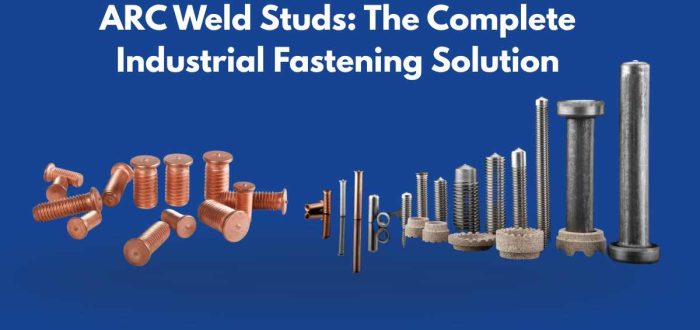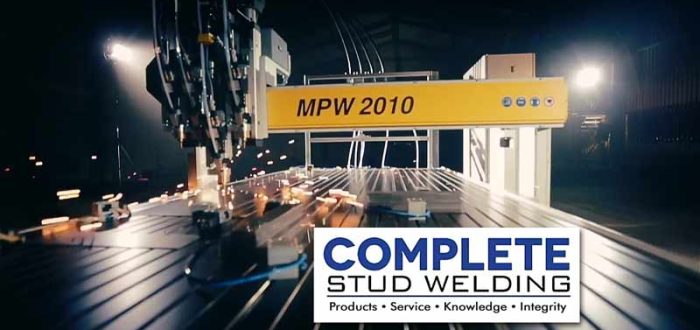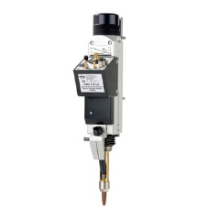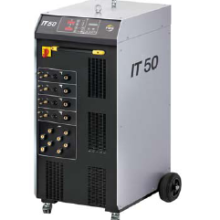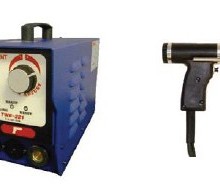Arc Stud Welding has revolutionized how industries approach heavy-duty fastening challenges. Whether you’re constructing a steel skyscraper, building heavy equipment, or securing components in demanding marine environments, understanding Arc Stud Welding is critical to project success and cost efficiency. This comprehensive guide explores everything you need to know about arc weld studs—from technical specifications to
- sales@completestudweld.com
- 216-904-4008

